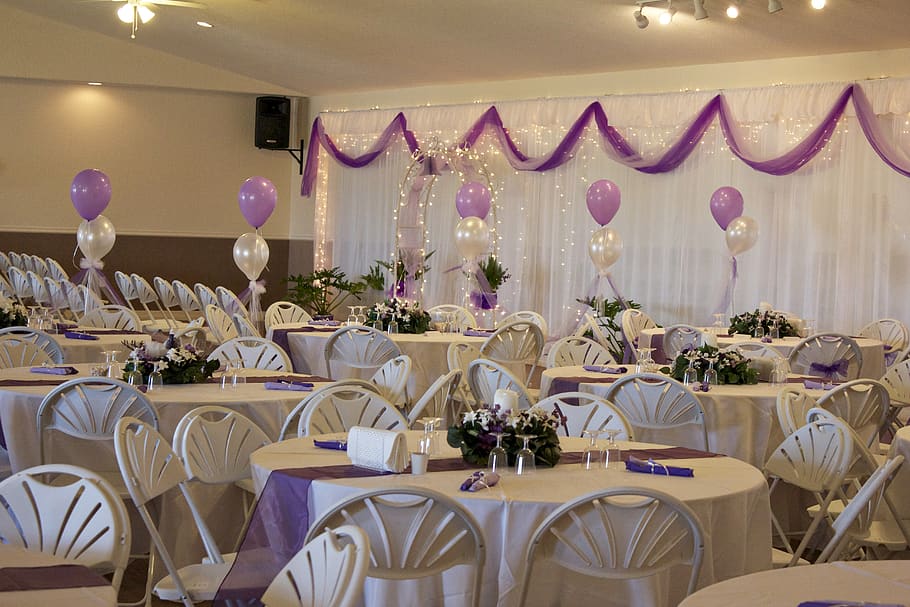How to Make a Table Plan
Summary
– Step 1: Choose the number of guests
– Step 2: Prepare your seating plan in advance
– Step 3: Place the host and hostess
– Step 4: Place the guests of honour
– Step 5: Place the other guests
– Step 6: Arrange any place cards
For a formal luncheon or dinner, for a business meal, it is sometimes helpful to know the precise rules of etiquette to make a table plan and place the guests without making mistakes. For less formal occasions, relax the protocol, but keep the rules that allow you to honour a guest and put all guests at ease. Let’s see closer below…
1. Choose the number of guests
– Invite an even number of guests, as many men and women as possible.
– For a traditional seating arrangement, with the master and mistress of the house presiding opposite each other, plan for 6, 10 or 14 guests.
– If possible, avoid seating more than 14 or 16 guests at a table.
Note: The male-female rotation can only be observed with 8, 12 or 16 guests by having two men or two women preside.
2. Prepare your seating plan in advance
Think about your seating plan in advance and make a diagram noting the name of the corresponding guest next to each seat.
This is essential if you wish to respect the strict rules of protocol. Otherwise, it will allow you to think ahead to group guests according to their affinities or to have two people meet.
3. Place the host and hostess

There are two ways to place the master and mistress of the house: the French way (preferred) or the English way.
French placement
– Place the host and hostess opposite each other, in the middle of each length of the table.
– Reserve the person who cooks the seat closest to the door so that she can slip away more easily to watch the meal in the kitchen.
Note: if you are hosting a meal in honour of a person or couple (engagement, wedding…), let that person or couple preside over the table instead of the host(s).
English style seating
Place the host and hostess opposite each other at either end of the table.
Single Master or Mistress of the House
According to the protocol:
– If the hostess is single, place a friend or relative or a long-time single friend (but not a married man) across from her.
– If the host is single, place across from him:
◦ the person he wants to honour;
◦ or the wife of a friend, only if the friend is present.
4. Place the guests of honour
The guests of honour are the people who deserve the most attention. In descending order, these are:
– A clergyman who will have the place of honour to the hostess’s right.
– The people with the most critical functions (a woman is considered to have the same function as her husband unless she has a more important function).
– Older people or first-time guests.
Place of honour for a man
For a man, the first place of honour is to the right of the lady of the house, and the second place of honour is to her left.
Place of honour for a woman
For a woman, the first place of honour is to the hostess’s right, and the second place of honour is to her left.
5. Place the other guests
– Alternate one man and one woman as much as possible.
Note: A man is in front of a woman in the French seating arrangement. In English seating, a man faces a man, and a woman faces a woman.
– Separate couples, except for engaged couples and couples who have been married for less than a year.
– If you’ve adopted the French seating arrangement, place familiar guests and younger guests at the end of the table.
– Take into account the affinities or, on the contrary, the possible incompatibilities of moods of each one.
– Reserve the most comfortable seats for women.
6. Put out place cards if necessary.
– Up to 8 people, the host guides each guest to his place, starting with the guests of honour.
If you have more than 8 guests, you can place a place card with each guest’s name.




